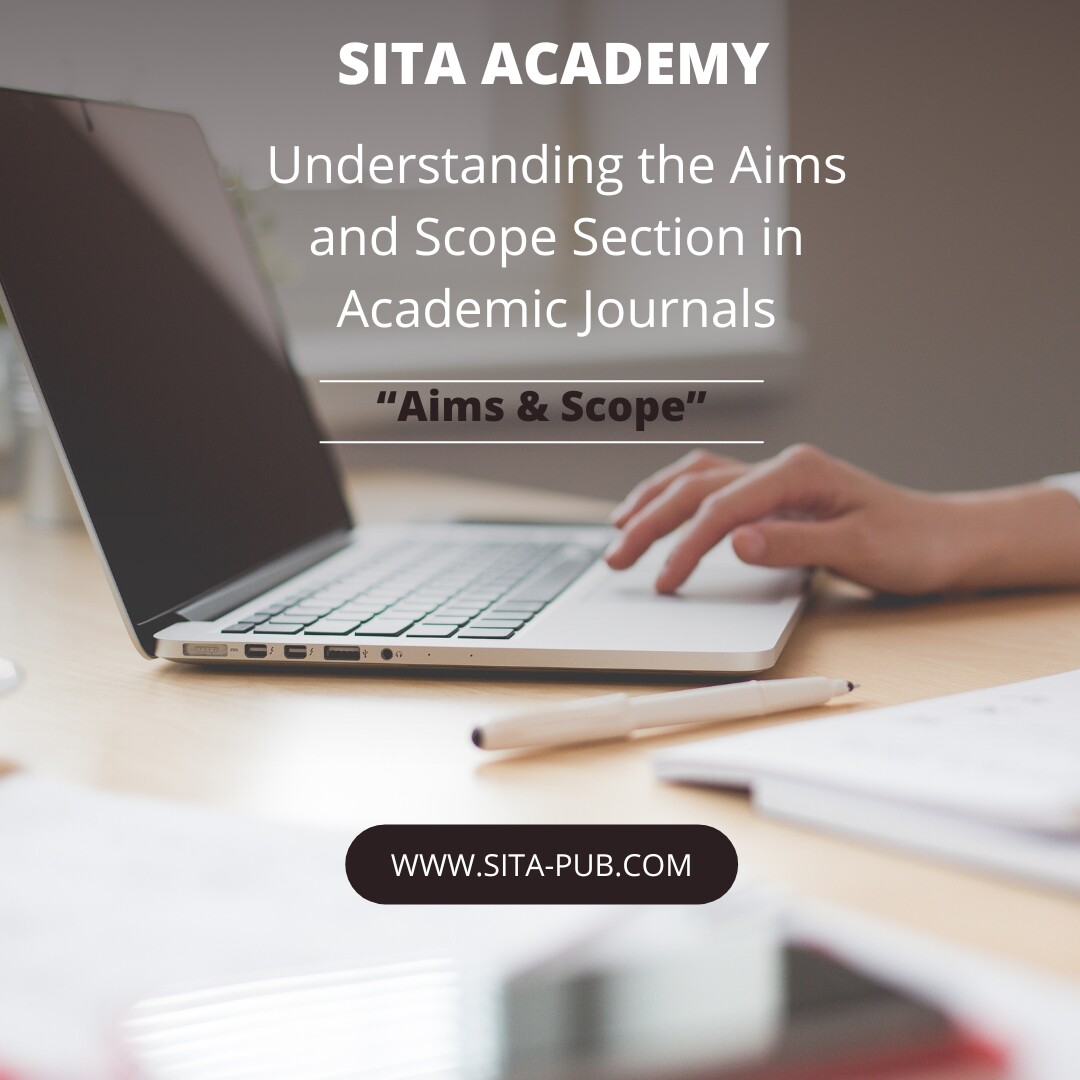Understanding the Aims and Scope Section in Academic Journals


The Aims and Scope section of an academic journal is a critical component that outlines the journal’s focus, objectives, and the types of articles it seeks to publish. This section serves as a guide for authors and readers alike, providing clarity on what the journal covers and the research areas it prioritizes. Here’s a closer look at why the Aims and Scope section is important and how it impacts both authors and readers.

Guidance for Authors: For researchers looking to publish their work, the Aims and Scope section is invaluable. It helps authors determine whether their research aligns with the journal’s focus. By understanding the topics and methodologies the journal emphasizes, authors can tailor their submissions accordingly, increasing the chances of acceptance.
Defining the Journal’s Identity: This section establishes the journal’s identity within the academic community. It communicates the journal's mission, whether it focuses on theoretical research, applied studies, or a specific discipline. A clear Aims and Scope helps position the journal among its peers and attracts the right audience.
Facilitating Research Discoverability: Readers searching for specific topics can benefit from this section as it outlines the areas covered. This clarity aids researchers, practitioners, and students in finding relevant literature in their fields of interest.
Subject Areas: The Aims and Scope typically lists the specific subject areas the journal covers. This could include broad fields like environmental science, engineering, or social sciences, as well as niche topics that the journal specializes in.
Types of Articles: This section often specifies the types of articles the journal publishes, such as original research, reviews, case studies, or technical notes. Understanding the types of submissions accepted helps authors format their work appropriately.
Target Audience: Journals may identify their target audience, which could include researchers, practitioners, policymakers, or specific academic communities. This information helps authors tailor their writing style and content to suit the intended readership.
Research Methodologies: Some journals may highlight preferred research methodologies, such as qualitative, quantitative, or mixed methods. This guidance is crucial for authors to align their approaches with the journal’s expectations.
Relation to Journal Title: It's important to note that a journal's title may not fully encapsulate its Aims and Scope. The title might suggest a broader or different focus than what the journal actually covers, making it essential for authors to read the Aims and Scope section for a precise understanding.

Misconception: Authors often believe that the Aims and Scope section is just a formality and does not significantly impact their submission process.
Clarification: The Aims and Scope section is crucial for aligning your research with the journal’s focus. Ignoring it may lead to rejection based on misalignment.
Misconception: Some authors assume that any relevant research can be submitted to any journal as long as it falls within a broader category.
Clarification: Each journal has specific themes and methodologies it favors. Understanding these nuances is essential for successful publication.
Misconception: Authors might think that the Aims and Scope is static and does not change over time.
Clarification: Journals may update their Aims and Scope to reflect emerging trends or shifts in academic focus. Regularly reviewing this section is important for both authors and readers.
Misconception: Some authors believe the journal title alone indicates the scope of topics covered.
Clarification: The title may suggest a broader focus than what is outlined in the Aims and Scope. Always refer to this section for detailed information.

Read Thoroughly: Before submitting a manuscript, carefully read the Aims and Scope section. Ensure your work aligns with the journal’s focus and submission criteria.
Adjust Your Manuscript: If necessary, modify your manuscript to better fit the journal’s aims. This could involve refining your research questions, emphasizing certain findings, or changing the structure.
Check for Updates: Journals may periodically update their Aims and Scope. Always check for the latest version to ensure your research is relevant to their current focus.
The Aims and Scope section of an academic journal is more than just a formal statement; it is a vital resource that shapes the journal's identity and guides authors in their publishing journey. By understanding this section, researchers can enhance their chances of successful publication and contribute meaningfully to their fields. Always take the time to familiarize yourself with the Aims and Scope of any journal you consider for publication—it’s a crucial step in the research dissemination process.

If you're looking for a relevant journal that aligns with your research, we're here to help! Contact us today, and our team will assist you in finding the perfect publication venue for your paper.
If you have any questions, inquiries, or would like to learn more about our services, please don't hesitate to reach out to us. Our dedicated team is ready to assist you.